What if bureaucrats used design thinking?
Design thinking has the potential to address the most pressing problems in American education today: access and equity. Whether we are talking about the benefits of a firm foundation in STEM (Science, Technology, Engineering and Math) among high school students in poor school districts, or the challenges of college and career success among first generation college students, design thinking disrupts business as usual. Groups of experts, bureaucrats, and politicians typically prescribe solutions to “fix” problems. These solutions often fail because they rarely consider the real needs of the consumers of an educational reform — our students.
I know about “fixing” problems. More times than I care to remember, I was on federal and state teams charged with implementing educational reforms based on no more than an interesting idea pitched by an “expert.” With little firsthand knowledge of the needs of teachers and students, we visited state universities and school districts dictating our one-size-fits-all solutions.

Don’t provide a solution. Ask questions, listen, and discover people’s needs
No more. Design thinking with a little humility and a lot of listening can lead to customized solutions never imagined by experts who share the same assumptions and backgrounds and, unknowingly, stifle innovation in the search for one correct answer.

The design thinking process allows for creativity leading to innovative products and services.
The Design Gym, an organization dedicated to applying design thinking to public schools, highlights this one correct answer mentality with an example of the bidding process for educational projects in New York State. Kara Chesal, Director of Innovate NYC Schools, explains:
The typical way the NY State DOE (Department of Education) works is a small group of people will set up these requirements and we’ll get responses or bids based on the requirements we put up. It … wasn’t giving us the most innovative stuff because we were over-specifying what we wanted. We were giving people a solution. With design thinking, instead of giving people a solution, you can get better at defining what your problem is and allowing people to come in and help you solve the problem.
Design Tech High School in San Mateo, California is another illustration of design thinking in action. Students ask questions and solve problems “to make the world the better place through design thinking.” They create projects to meet the needs of members in their local communities. One student, who had a visually impaired grandmother, “designed and created a watch that played a unique song when different denominations of paper currency were passed underneath.” Such innovative ideas have led to opportunities for students at Design Tech High School to work with employees from Oracle, who assist them in turning an idea into a product or service through “rapid prototyping.”
For us, we believe design thinking is both a mindset and process… — Ken Montgomery, founder of Design Tech High School.
Even in Washington, DC, design thinking discussions can challenge traditional bureaucratic styles. A blog in The Hill examines the impact of design thinking on organizational beliefs and practices in government agencies. The design thinking process, which emphasizes taking risks and tolerating failure, may threaten typical hierarchical decision-making processes. However, the freedom to ask questions, build prototypes, and analyze feedback, allows for “failings early on before setting large scale policies that cost millions of taxpayer dollars.”
The design thinking approach creates space for bureaucrats to redefine problems and find innovative solutions to address education’s most pressing issues: access and equity.

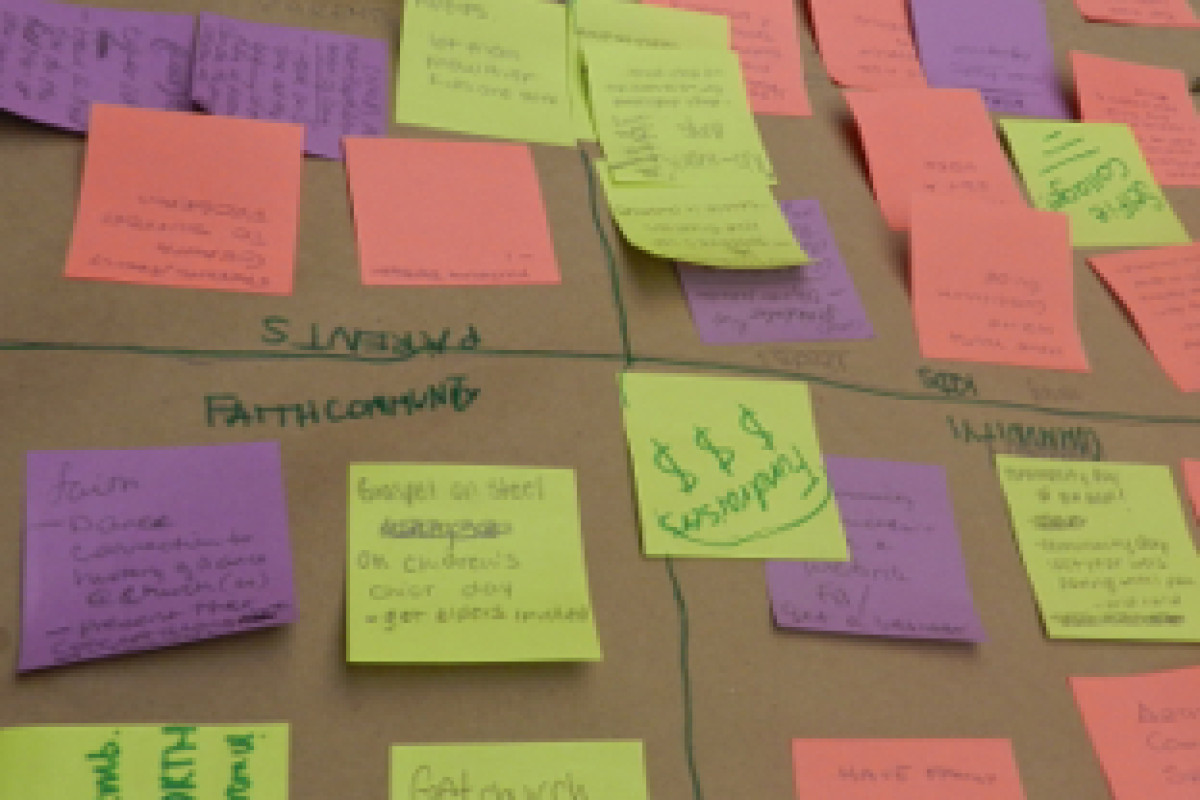
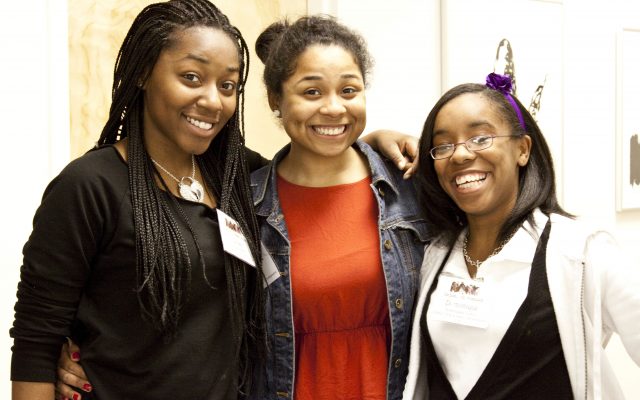
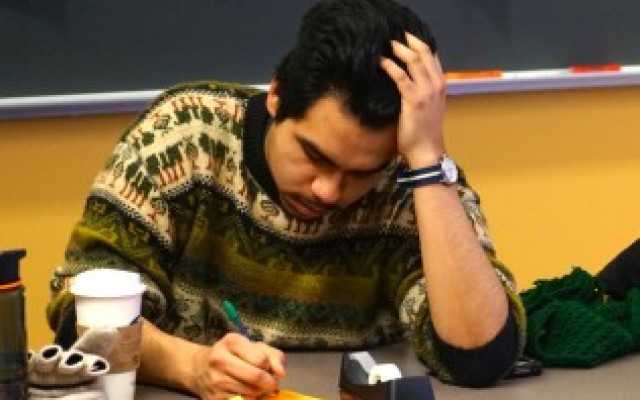
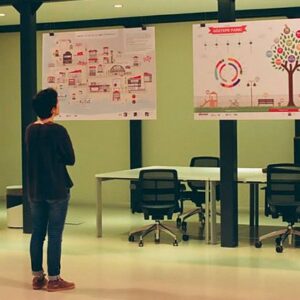


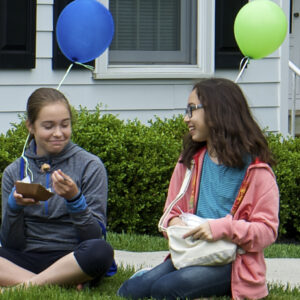


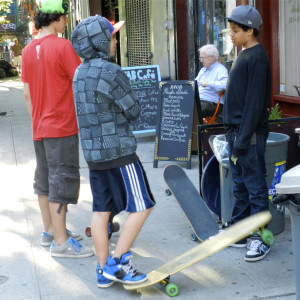
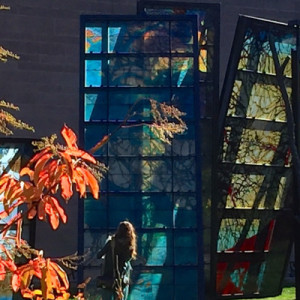
No Comments Yet!
You can be first to comment this post!